Understanding the Flavor of Pike
Discovering the Unique Taste of Pike
When it comes to freshwater fishing, the northern pike stands out not just for its size and fight, but also for its distinct flavor. Known for its firm texture, pike offers a unique taste that is often compared to a blend of walleye and perch. This fish is a favorite among anglers not just for the thrill of the catch, but for the culinary possibilities it presents.
The flavor of pike is mildly sweet, with a subtle earthiness that pairs well with a variety of ingredients. This makes it an excellent choice for both classic and innovative recipes. When preparing pike fillets, the key is to enhance its natural taste without overpowering it. Ingredients like kosher salt, fresh pepper, and a touch of olive oil can bring out the best in pike's flavor profile.
One of the challenges with pike is its notorious Y-bones. However, with the right technique, these can be easily removed, leaving you with perfect fillets ready for any recipe. This step is crucial for ensuring a delightful dining experience, whether you're preparing a simple grilled pike or a more elaborate dish.
For those interested in exploring the culinary potential of pike, understanding its flavor is the first step. Whether you're ice fishing or enjoying a summer day on the lake, the versatility of pike makes it a rewarding catch for any angler. As you dive into the world of pike recipes, you'll find that this fish can be the star of many memorable meals.
For more insights into the world of fishing and record-breaking catches, check out this fascinating article.
Essential Ingredients for Pike Dishes
Key Ingredients for Delectable Pike Dishes
Cooking with pike, especially northern pike, offers a unique culinary adventure. Its flavor profile, explored earlier, is mild yet distinct, making it a versatile choice for various recipes. To enhance this flavor, certain ingredients are essential. Let's dive into what you need to create mouth-watering pike dishes.
- Pike Fillets: Fresh fish is crucial. Ensure the fillets are deboned, as northern pike is notorious for its Y-bones. Properly filleted pike sets the foundation for any recipe.
- Salt and Pepper: Basic yet vital. Use kosher salt and freshly ground pepper to season the fillets before cooking. This simple step will enhance the natural flavors of the fish.
- Olive Oil: A quality olive oil is perfect for searing or grilling pike. It adds a subtle richness and helps in achieving a crispy texture.
- Onion: Whether diced or sliced, onions add a sweet and savory depth to pike dishes. They can be sautéed or used raw, depending on the recipe.
- White Wine: A splash of white wine can elevate the dish by adding acidity and complexity. It's particularly effective in sauces or marinades.
- Pickling Spice: If you're venturing into pickled pike, this blend of spices is indispensable. Combined with cold water and a pickling solution, it transforms the fish into a tangy delight.
- Hot Sauce: For those who enjoy a kick, a dash of hot sauce can spice up your pike recipes. Adjust to taste to keep the heat balanced.
- Bread Crumbs: Perfect for coating fillets before frying or baking, bread crumbs add a delightful crunch.
With these ingredients on hand, you're well-equipped to tackle any pike recipe. As you gather your essentials, consider the time and steps required for each dish. Whether you're preparing a classic recipe or experimenting with new techniques, these ingredients will guide you to culinary success. For more insights on crafting exceptional fish dishes, check out this adventure into the world of walleye fishing.
Classic Pike Recipes to Try
Timeless Pike Dishes for Every Angler
When it comes to preparing northern pike, there are a few classic recipes that have stood the test of time. These dishes not only highlight the unique flavor of the fish but also offer a delicious experience for any fishing enthusiast.Fried Pike Fillets
A staple in many angler households, fried pike fillets are simple yet satisfying. Start by soaking your pike fillets in cold water for about 30 minutes to remove any excess blood and to firm up the flesh. Pat them dry, then season with kosher salt and pepper. Coat the fillets in bread crumbs and fry them in hot olive oil until golden brown. This crispy delight is perfect for a quick meal after a day of fishing.Pickled Pike
For those who enjoy a tangy twist, pickled pike is a must-try. Begin by cutting your pike into bite-sized pieces and soaking them in a pickling solution made from water, vinegar, and pickling spice. Let the fish marinate for a few days in the fridge. The result is a flavorful pickled fish that pairs well with crackers or rye bread.Pike in White Wine Sauce
For a more sophisticated dish, pike in white wine sauce is a fantastic choice. Sauté onions in olive oil until translucent, then add the pike fillets. Pour in a cup of white wine and let it simmer for about 15 minutes. Add a tsp of dried herbs like thyme or dill for added flavor. Serve this elegant dish with steamed vegetables or a fresh salad. These classic recipes are just a starting point. For those interested in more innovative techniques, exploring different cooking methods can open up a world of culinary possibilities. And remember, the key to any great pike recipe is fresh fish and a bit of creativity. For more insights into understanding fish growth and cooking, check out this largemouth bass size guide.Innovative Pike Cooking Techniques
Exploring New Ways to Cook Pike
Cooking pike can be an exciting adventure for any angler, especially when you step outside the box with innovative techniques. Whether you're working with fresh fish from a recent fishing trip or northern pike fillets from the market, these methods will enhance the natural flavors of this versatile fish.
One technique gaining popularity is sous-vide cooking. This method involves vacuum-sealing the pike fillets and cooking them slowly in a water bath at a precise temperature. The result is perfectly tender fish, retaining all its moisture and flavor. Simply season with kosher salt, pepper, and a touch of olive oil before sealing. After cooking, a quick sear in a hot pan will add a delightful crust.
Grilling is another fantastic way to prepare pike. Marinate the fillets in a mix of white wine, olive oil, and tsp dried herbs like thyme or rosemary. Grill over medium heat for about 10 minutes per side, depending on the thickness, until the fish is flaky. This method imparts a smoky flavor that complements the natural taste of pike beautifully.
For those who enjoy a bit of spice, consider blackening your pike. Coat the fillets with a mix of salt, pepper, and your favorite spices, then cook them in a hot cast-iron skillet with a bit of oil. The high heat will create a crispy, flavorful crust that pairs well with a tangy sauce.
Pickling is another innovative technique, ideal for preserving your catch. Create a pickling solution with vinegar, water, pickling spice, and a bit of sugar. Submerge the pike fillets in the solution and let them sit in the refrigerator for a few days. This method not only preserves the fish but also infuses it with a tangy flavor that's perfect for salads or sandwiches.
Finally, don't forget about the classic method of baking. Coat the pike in bread crumbs and bake in the oven with a drizzle of olive oil. This technique is simple yet effective, allowing the fish's natural flavors to shine through.
These innovative techniques will not only enhance your pike recipes but also make the most of your fishing efforts. With a little creativity, you can transform this northern fish into a gourmet delight.
Pairing Pike with Perfect Sides
Perfect Side Dishes to Complement Your Pike
Pairing your pike recipes with the right sides can elevate your dining experience. Whether you’re enjoying the fruits of your fishing labor or experimenting with a new recipe, the right accompaniment will enhance the natural flavors of this northern delicacy.- Fresh Garden Salad: A crisp garden salad with a light vinaigrette is a classic choice. The acidity from the dressing, perhaps with a touch of white wine vinegar, complements the mild flavor of pike fillets.
- Roasted Vegetables: Roasting vegetables like carrots, bell peppers, and onions with olive oil and a sprinkle of kosher salt adds a savory depth to your meal. The roasted sweetness pairs well with the subtle taste of pike.
- Herbed Rice Pilaf: A simple rice pilaf, seasoned with tsp dried herbs such as thyme or parsley, can be a delightful side. The grains soak up the juices from the fish, making each bite flavorful.
- Crusty Bread: Serve your pike with a slice of crusty bread. It’s perfect for sopping up any sauce or juices from the fish, adding a satisfying crunch to your meal.
- Pickled Vegetables: Adding a tangy note, pickled vegetables like cucumbers or beets can cut through the richness of your pike dish. If you’ve tried pickling pike, you’ll know how well this technique works with fish.
- Mashed Potatoes: For a more comforting side, creamy mashed potatoes with a dash of pepper and butter provide a rich, hearty base that complements the delicate pike.
Tips for Storing and Preserving Pike
Preserving the Freshness of Your Catch
After a successful fishing trip, ensuring your northern pike stays fresh is crucial. Proper storage not only maintains flavor but also makes future cooking a breeze. Here's how you can keep your pike fillets in top condition.
Immediate Steps Post-Catch
Once you've reeled in your catch, it's essential to act quickly. Start by cleaning the fish thoroughly. Remove any bones and rinse the fillets under cold water. This step will help eliminate any residual scales or debris. Pat the fillets dry with a clean cloth or paper towel.
Refrigeration Tips
If you plan to cook your pike within a few days, refrigeration is your best option. Place the fillets in a shallow dish and cover them with plastic wrap. For added freshness, sprinkle a little kosher salt over the fish. This not only enhances flavor but also acts as a preservative. Store the dish in the coldest part of your fridge, usually the bottom shelf.
Freezing for Long-Term Storage
For longer preservation, freezing is effective. Wrap each fillet individually in plastic wrap, then place them in a freezer bag. Remove as much air as possible to prevent freezer burn. Label the bag with the date of freezing, ensuring you use the fillets within three months for optimal taste.
Pickling: A Tasty Preservation Method
Pickling is another excellent way to preserve your pike. This method not only extends shelf life but also adds a unique flavor. To pickle, prepare a pickling solution with water, vinegar, pickling spice, and a tsp of salt. Submerge the fillets in the solution and store them in a cool, dark place. Pickled pike can be a delightful addition to your recipe collection.
Final Thoughts
Proper storage is a crucial step in enjoying your pike to the fullest. Whether you choose refrigeration, freezing, or pickling, each method ensures that your fish remains flavorful and ready for your next culinary adventure. With these tips, your pike recipes will always start with the freshest ingredients.


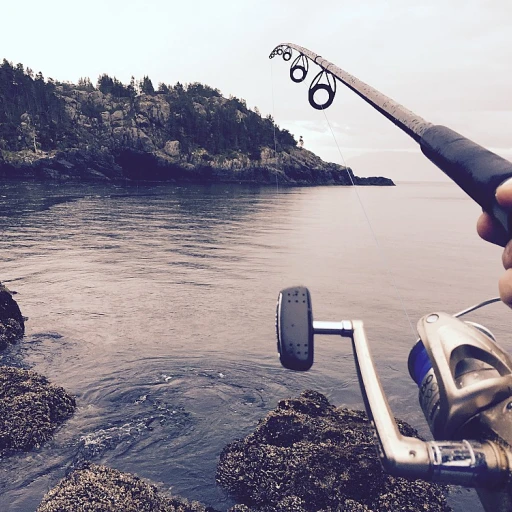
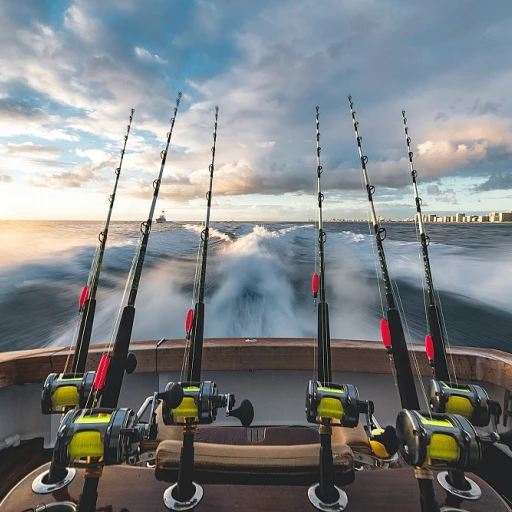
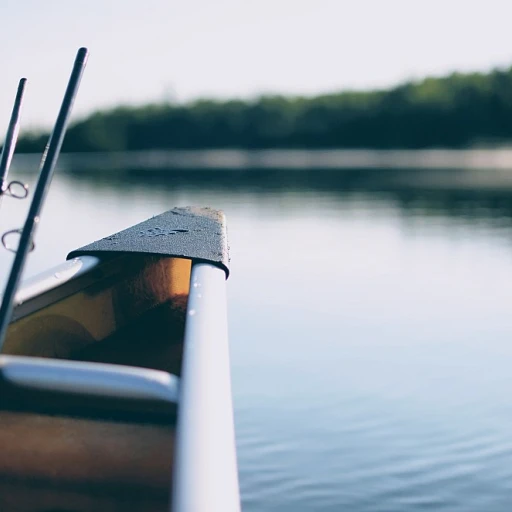
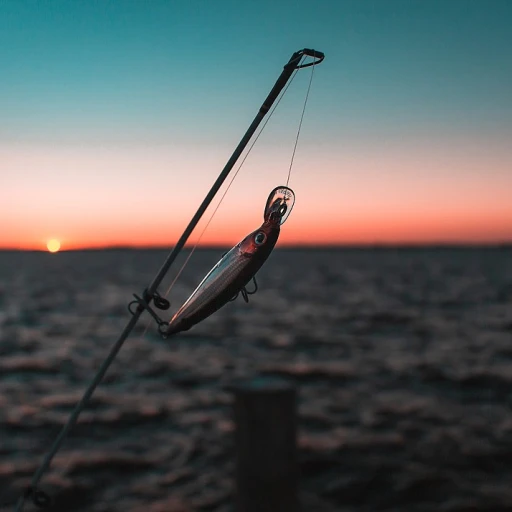
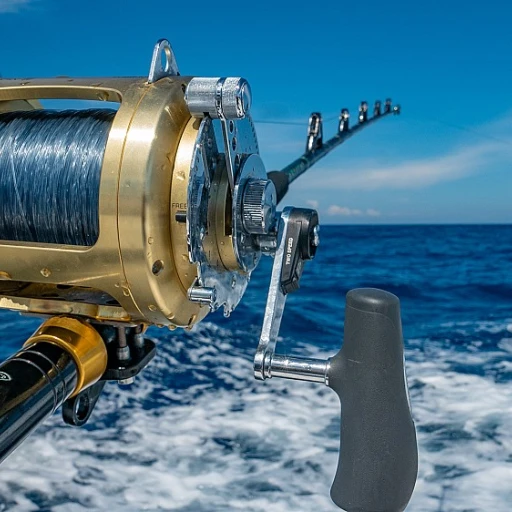
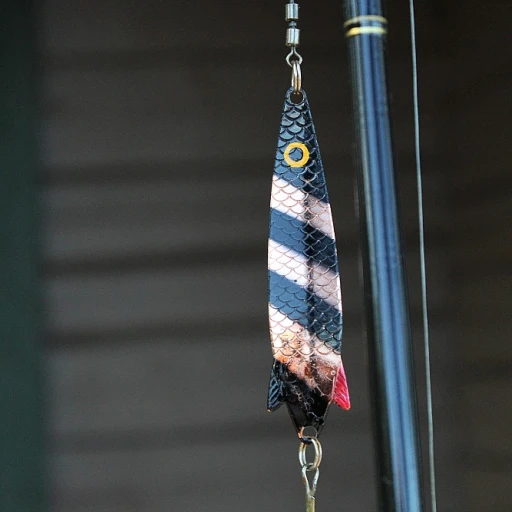
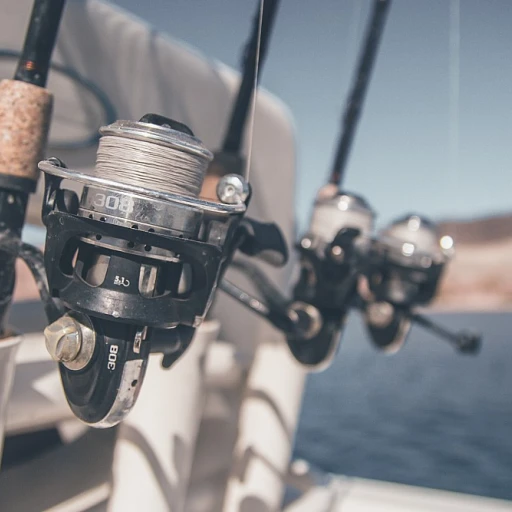

-large-teaser.webp)
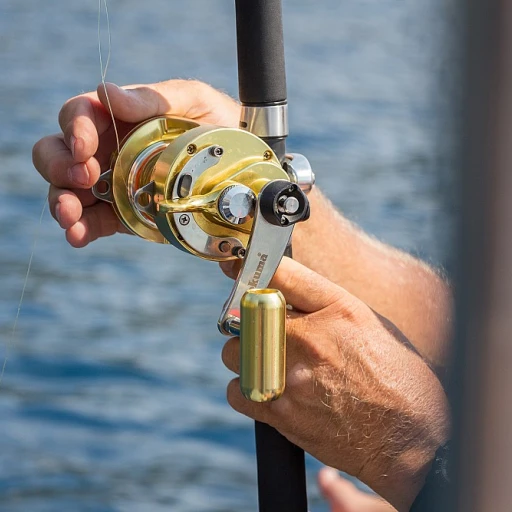

-large-teaser.webp)